Yates Account
Join now
Create a Yates account today!
Sign up to join the Yates Garden Club for monthly e-mails packed with seasonal inspiration, tips for success & exclusive promotions.
Plus if you’re a Garden Club member you can take part in the Yates Growing Community - a blog to share successes, get advice & win prizes in fun challenges along the way!

Forgot password
Enter the email address associated with your account, and we'll email you a new password.
Most gardeners have heard of the benefits of companion planting, but many are confused about just what companion planting means and how its principles can be applied in the garden.
Companion planting involves grouping garden plants together so that they help each other to grow better. They can do this in many different ways, such as:
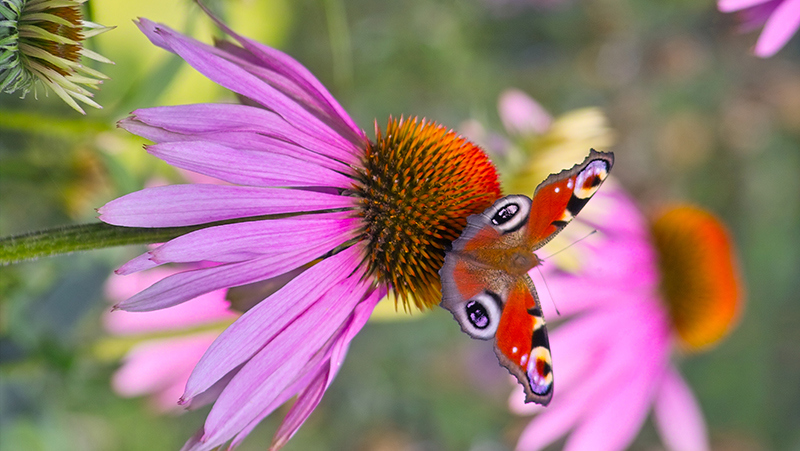
Plants that attract beneficial insects
Planting a mixture of flowers and herbs among vegies and fruit trees will encourage a healthy diversity of living creatures to move into the garden. Insect-attracting plants that grow readily from seed include herbs like thyme, sage, coriander, chives and mint, and flowers such as cosmos, calendula, lavender, echinacea and marigold.
Yates Bee Pasture Pollinator Feed Mix and Butterfly Field Beneficial Insect Mix contain a mix of plants successful at attracting useful garden insects.
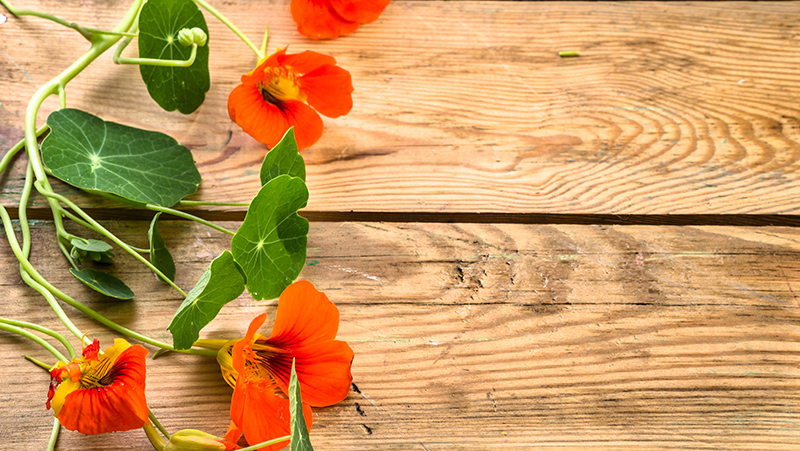
Masking and decoy plants
Masking plants emit an odour that disguises the smell of desirable plants and confuses the insect pests that might otherwise attack them. A good example is planting chives, onions or garlic near roses to deter thrips, aphids and other pests.
Closely related to the masking plants are the ‘decoy’ plants that attract pests to themselves and away from their neighbours. Nasturtium is one of the best known decoy plants. Nasturtiums act like magnets, pulling pests away from other plants (pictured). Plants like this are sometimes called ‘sacrificial’ or ‘martyr’ plants because they’re prepared to suffer in order to protect their companions.
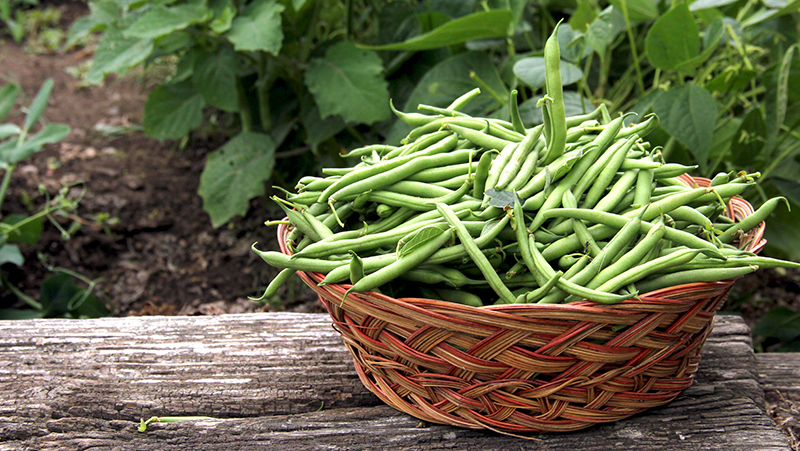
Nurturing plants
Other plants improve conditions for their neighbours. The best-known of these are the peas, beans and other members of the legume family that have the ability to capture nitrogen from the atmosphere. Plants growing in close proximity to peas and beans benefit from the nitrogen the legumes have added to the soil.
Choosing companion plants
Working out which plants grow well together is often a matter of individual trial and error, but Yates seed packets have recently been revamped with the addition of lots of extra information, including recommendations for herb and vegetable companion planting. Here are some favourites: pumpkin loves corn, beans and radish, cabbages love beans, celery and onions, beetroot loves broccoli, lettuce and onions.
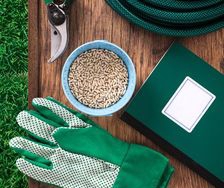
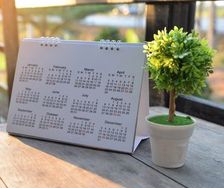
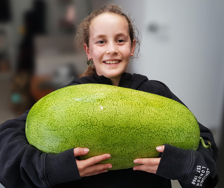
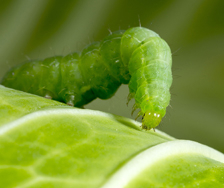
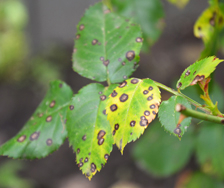
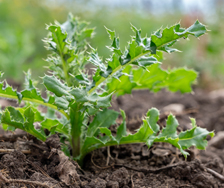

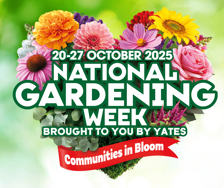
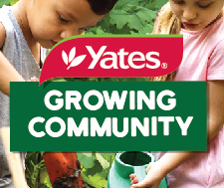






Share
Share this article on social media